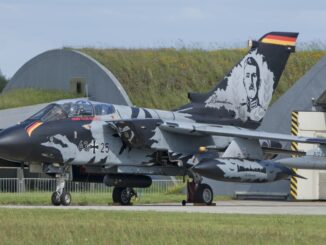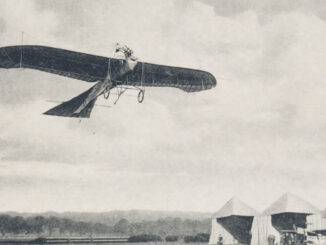 On 20th December 1942, the Imperial Japanese Army Air Force began its series of aerial raids against Calcutta.
On 20th December 1942, the Imperial Japanese Army Air Force began its series of aerial raids against Calcutta.
With the end of rainy season of 1942, the Imperial Japanese Army Air Force, supported by the Imperial Japanese Navy Air Service and its aeroplanes, significantly increased its activity on the South-East Asian theatre of the World War II. The Japanese aircraft raided British India, including Assam and Chittagong areas, then extending the attacks to Calcutta, the former capital of the British Raj.
The first series of air raids against Calcutta was initially planned to be launched at the beginning of the month, but finally the attack began on 20th and was continued until 24th December 1942. The opening raid was aimed at industrial areas and infrastructure of the city while the last one, performed on Christmas Eve, was intended to cause human casualties, especially among Europeans living in Calcutta.
At the beginning, the Japanese air raids against Calcutta caught the city off-guard. There were no significant actions against the Imperial aeroplanes during the two first raids. Only during the third attack, six Hurricanes took-off to defend Calcutta and managed to destroy two enemy bomber aircraft. The final raid was repelled by fourteen British fighters and three bombers were claimed damaged.
However, the British response was quick and soon the city received an effective air defence system which was gradually enhanced over the next months. In a short time, a few emergency airfields were arranged around Calcutta and more Hurricane and Typhoon squadrons were deployed there. In addition, anti-aircraft batteries and a balloon squadron were located in the city.

Around 12th January of 1943, the first eight examples of Bristol Beaufighter night fighter aircraft equipped with radar arrived in Calcutta. Two days later, a new No. 176 Royal Air Force squadron was established there, which adopted the motto Nocte custodimus – ´We keep the night watch´.
In the second half of January 1943, the next wave of the Japanese air raids against Calcutta began. This time the British were prepared, and the RAF Beaufighters were so effective in defending the city that on 19th January, the Imperial Japanese Army Air Force ceased its activity against Calcutta.
The Japanese returned almost a year later, on 5th December, with a huge, combined air raid with fighter escort but performed during the day. This time Kidderpore docks in Calcutta were the main target.
The day attack surprised the British defence. The Beaufighters were not suitable for daytime interceptions or dogfight and, although scrambled and additionally supported by some Spitfires, were not able to repel the raid and became an easy prey for the Japanese fighters. Several bombs hit the city, causing almost 500 casualties and wrecking ships, docks and warehouses. For about one month, the quantity of cargo sent thought Calcutta harbour was reduced to one third of usual amount.
Although successful, the bombing of 5th December 1943 was the last significant action of the Japanese aircraft against Calcutta. A few raids on the city were performed next year but of minor importance. Soon, the Allied offensive in Burma Campaign became the growing concern for the Japanese forces.

Cover photo: Bristol Beaufighter Mk I in flight, illustrative photo (IWM CH 2743). All photos used under the IWM Non-Commercial Licence.



